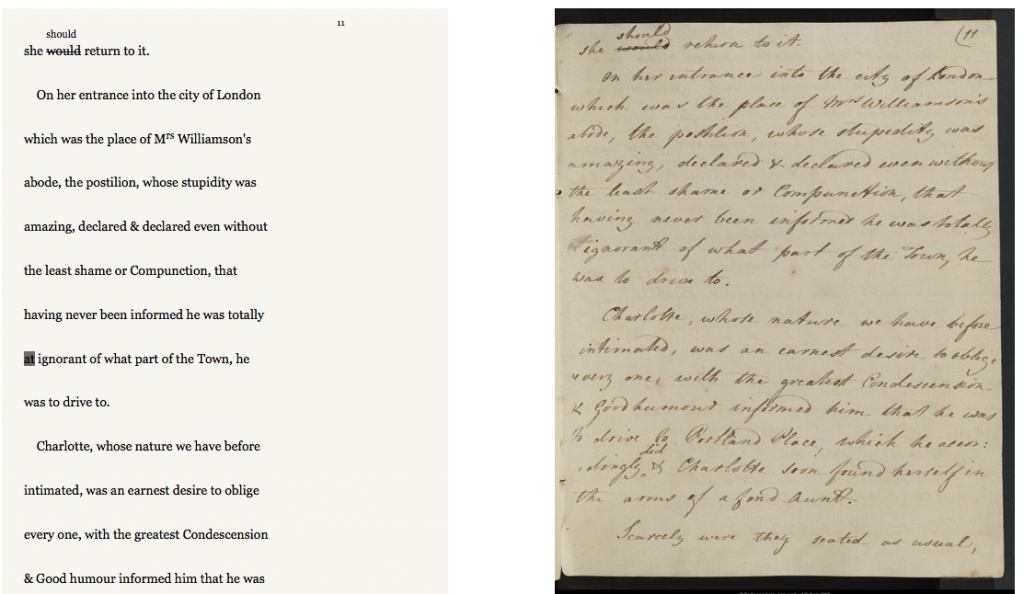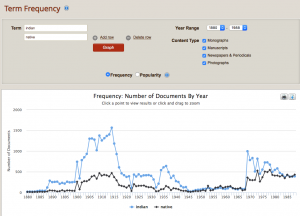Historic artifacts help us get a glimpse of the past and how it compares with the present. Although a lot of these texts are preserved in their original condition, they are inaccessible to most of the population. Digital archiving helps address this problem as well as the problem of artifacts degrading over time. There are many advantages of creating a digital archive from historical artifacts. Digitalizing allows the artifact to be spread out while still being preserved in its original condition. Digital archiving allows for even more to be done with the artifact. We can transcribe the documents, perform word analysis to find the most important ideas and find patters that humans cannot find without the help of a computer. There are a few disadvantages of using primarily digital archive. A digital edition of an artifact might not invoke the emotions a physical copy does. With a physical edition, we can analyze the condition of the paper itself to see if there are any clues as to how things were. Nevertheless, digital archiving, if done properly, could replace the need for the physical copy.

As we digitalize more textual materials, the printed copy becomes less significant as a way to discover history and more of a collective item. An emphasis of the digital version helps the research because more people can access the text and contribute to a single project. As mentioned in the Whitley reading, it will help visualize the text and allow for both a distinct and a spacial reading. It will allow us to see the greater message behind the texts instead of just the text themselves. The Jane Austen archive, similar to the Moravian Lives archive, transcribes the old texts and shows both version, the digital new text as well as the original writing. This allows readers to understand the text using the digitalized text as well as get the experience of reading the original text.

These digital text allow us to perform complex tasks such as word frequency, so we can visualize how often a specific word or phrase is referred in a text. It allows us to see the connection between specific words or phrases, which we would not be able to see in the physical copy of the text. The digital archive allows us to quickly sort through various words and pick out the important ones whereas it would take a person time to do so in a physical archive. Digital archiving might even reveal information that were hidden by finding the patterns in the words that we cannot find. For example, on the right, the word frequency shows that the text referred to the Native Americans throughout history as “Indians”. Recently, that word has been used less frequently, showing how the views of people have changed over time.
Using both the digital and the physical archives, we can learn more about the past, or just preserve fragile texts and other artifacts. Although digital archives are reducing the necessity for the physical version of them, they are still important because sometime the physical copy might reveal something that the digital one cannot.
Bhagawat Acharya is a Computer Science major at Bucknell University. He is interested in working at a cyber security firm after graduating from Bucknell University in 2020. Currently, he is a junior fellow for the Discovery Residential college.
